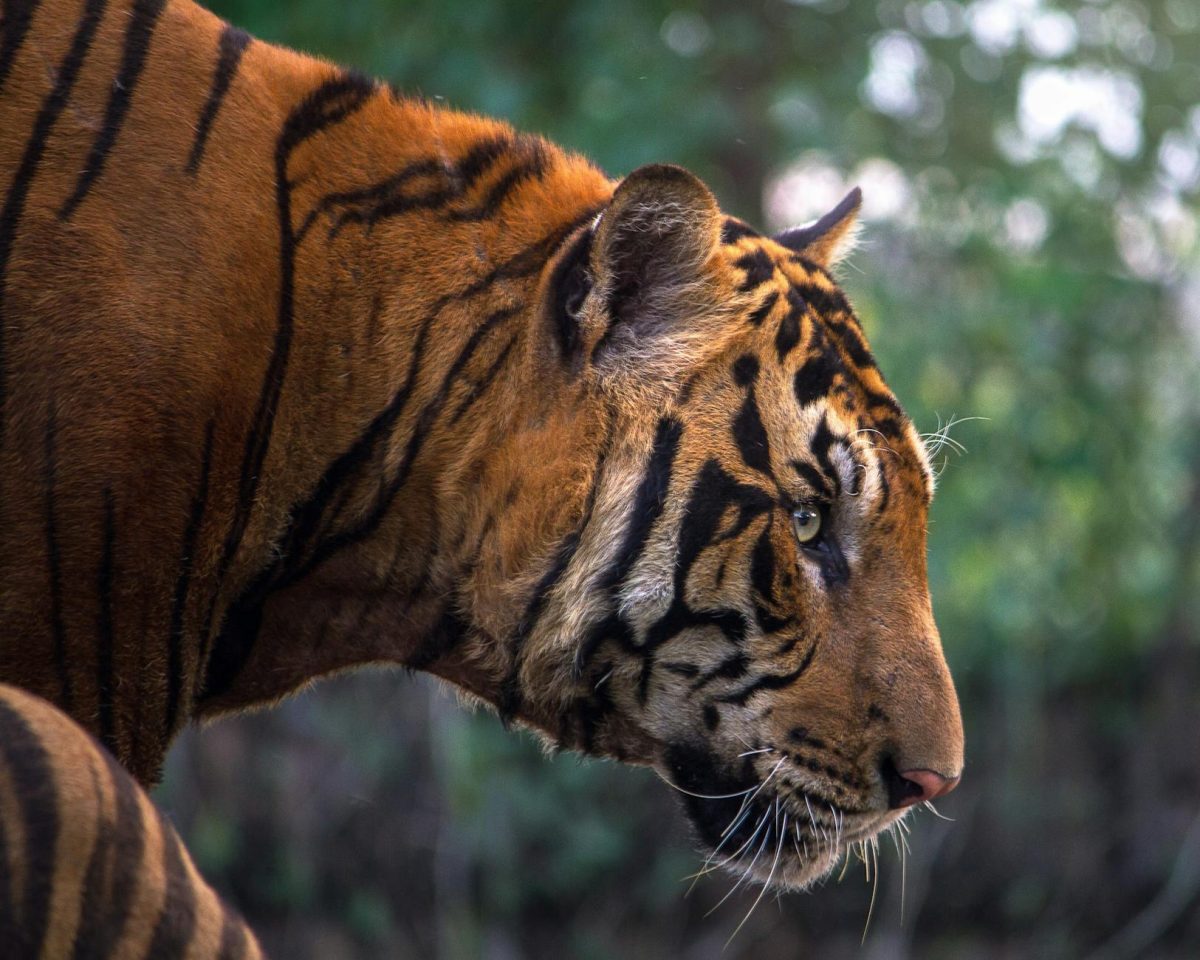Exploring the Majestic Roars of Lions and Tigers
When we think of powerful and majestic creatures of the wild, lions and tigers are often the first animals that come to mind. These big cats, known for their strength, grace, and distinct roars, hold a special place in both our imaginations and the ecosystem. In this article, we will delve into the unique characteristics of lions and tigers, focusing on their magnificent roars that resonate through the savannas and jungles.
The Roaring Symphonies of Lions
Lions, often referred to as the “king of the jungle,” are highly social animals that live in prides led by a dominant male lion. One of the most iconic features of a lion’s vocal repertoire is its roar, which can be heard from as far as 5 miles away. The roar serves multiple purposes for lions, including territorial communication, intimidation of rivals, and bonding within the pride.
A lion’s roar is deep and resonant, capable of sending chills down the spine of anyone who hears it. The sound is produced by specialized structures in the lion’s voice box, known as vocal folds, which are thick and elastic. When a lion roars, the vocal folds vibrate, creating the powerful sound that can travel long distances across the African savanna.
Tigers: Masters of the Jungle’s Silence
Tigers, on the other hand, are solitary animals that roam the jungles of Asia with stealth and agility. Unlike lions, tigers are known for their ability to move silently through the dense vegetation, making them formidable hunters. While tigers are generally more reserved in their vocalizations compared to lions, they also possess a unique and awe-inspiring roar of their own.
A tiger’s roar is a low-frequency sound that can carry for up to 2 miles through the dense forests where they reside. Tigers use their roars to mark their territories, attract mates, and communicate with other tigers in their vicinity. Despite their reputation as silent stalkers, tigers can unleash a roar that commands attention and respect from all who hear it.
The Evolution of Roaring
Both lions and tigers belong to the same taxonomic subfamily, Felinae, which includes all modern cats except for the cheetah. The ability to roar is a characteristic unique to the Panthera genus, which includes lions, tigers, leopards, and jaguars. The structure of their larynx and hyoid bone allows these big cats to produce the deep, resonant roars that set them apart from other feline species.
The evolution of roaring in big cats is thought to have been driven by the need to communicate over long distances in their vast habitats. The powerful roars of lions and tigers serve as a means of asserting dominance, defending territories, and establishing social bonds within their respective groups.
Conservation Challenges and Efforts
Despite their iconic status and cultural significance, both lions and tigers face numerous threats to their survival in the wild. Habitat loss, poaching, and human-wildlife conflicts have led to declining populations of these magnificent big cats. Conservation efforts aimed at protecting their habitats, combating illegal wildlife trade, and raising awareness about the importance of preserving these apex predators are crucial for their long-term survival.
In conclusion, the roars of lions and tigers symbolize the strength, beauty, and primal essence of these majestic creatures. Their vocalizations serve as a reminder of the interconnectedness of all life on Earth and the need to conserve and protect our planet’s biodiversity. Next time you hear the rumble of a lion’s roar or the haunting call of a tiger in the night, take a moment to appreciate the natural wonders of the animal kingdom and the legacy of these magnificent big cats.
